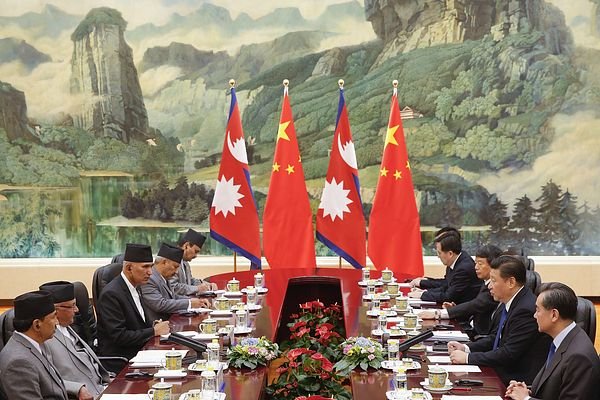Unverified but widely circulated claims in early July 2025 say that the Pakistan Army has deployed Chinese Z-10ME attack helicopters, triggering heated debate about the consequences for South Asia’s military balance and rising tensions with India.
These reports, fueled by photographs and videos on social media, suggest that Pakistan may have purchased up to 40 of these advanced helicopters, though neither Islamabad nor Beijing have officially confirmed their delivery or operating status.
Pakistan’s interest in the Z-10ME stems from years of frustration with its efforts to modernize its attack helicopter fleet. Previous attempts to obtain the US-made AH-1Z Viper and Turkey’s T129 ATAK were thwarted owing to export restrictions and geopolitical concerns, leaving a void that China has attempted to fill with the Z-10ME.
The Z-10ME is an export-optimized, modernized variant of China’s Z-10, with updated propulsion (WZ-9G engines), advanced avionics, composite armour, infrared suppression, and powerful electronic warfare suites. Its design is specifically intended for high-risk settings and difficult terrain, such as those along the Line of Control (LoC) with India.
Combat range: approximately 800 kilometers.
Payload: approximately 1,500 kg (guided missiles, rockets, and 23mm gun).
Avionics: night vision, missile approach warning, radar warning receivers, and directional infrared countermeasures
Survivability: Improved armour, reduced IR signature, and increased electronic warfare
The Z-10ME is positioned as a less expensive alternative to India’s AH-64 Apache helicopters. While the Apache has a longer range, a larger payload, and a proven combat record, the Z-10ME’s affordability and integration with Pakistan’s existing Chinese systems (such as the JF-17 fighter) make it appealing to Islamabad, particularly given Western export prohibitions. In comparison to the Apache, the Z-10ME’s real-world combat performance has yet to be fully evaluated.
If the rumors are correct, the Z-10ME’s deployment would constitute a significant increase in Pakistan’s close air support and anti-armour capabilities, potentially closing the technology gap with India, particularly in high-altitude and contested border areas such as Kashmir. This action comes amid rising tensions between India and Pakistan, following recent aerial battles and India’s own acquisition of modern attack helicopters (including the AH-64E Apache and indigenous LCH Prachand).
The probable deployment of the Z-10ME highlights Pakistan and China’s strengthening defense ties, which reflect a larger strategic alignment that goes beyond arms sales to include collaborative training, local assembly, and technology transfer. China’s growing engagement in Pakistan’s arsenal concerns the United States and its allies because it indicates Beijing’s rising clout in an area vital to global security dynamics.
Despite the buzz, the lack of formal confirmation from either Pakistan’s Ministry of Defense or China’s AVIC has sparked extensive speculation about the reasons for the silence. Some observers believe the vagueness is deliberate, with the goal of avoiding confrontation or international scrutiny, while others believe the allegations are overstated or part of a disinformation campaign—a typical occurrence in South Asia’s heated communication environment.
If the rumored arrival of the Z-10ME in Pakistan is confirmed, it has the potential to change the South Asian military equation by increasing Pakistan’s strike capabilities and deepening its reliance on Chinese defense technology.
However, until independently validated, these changes are speculative, underscoring both the region’s instability and the power of social media to shape perceptions and policy debates.


